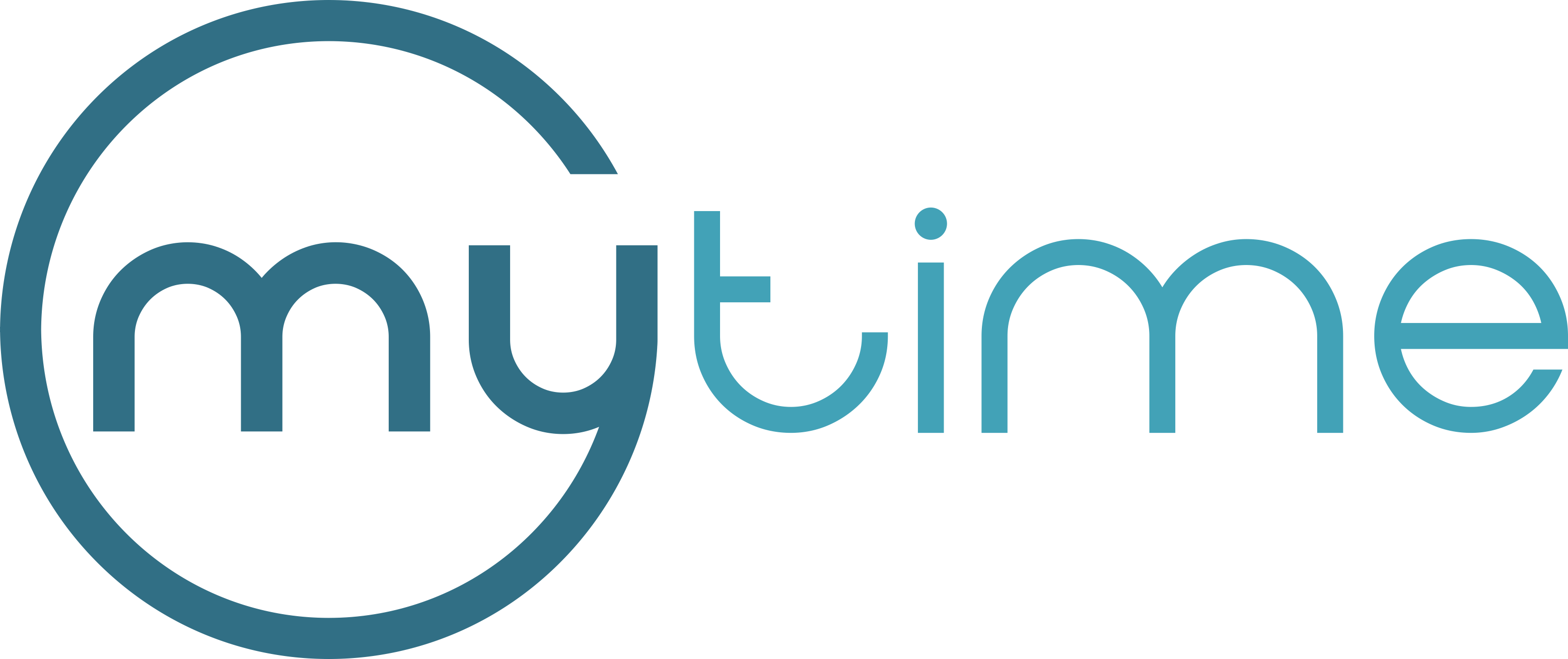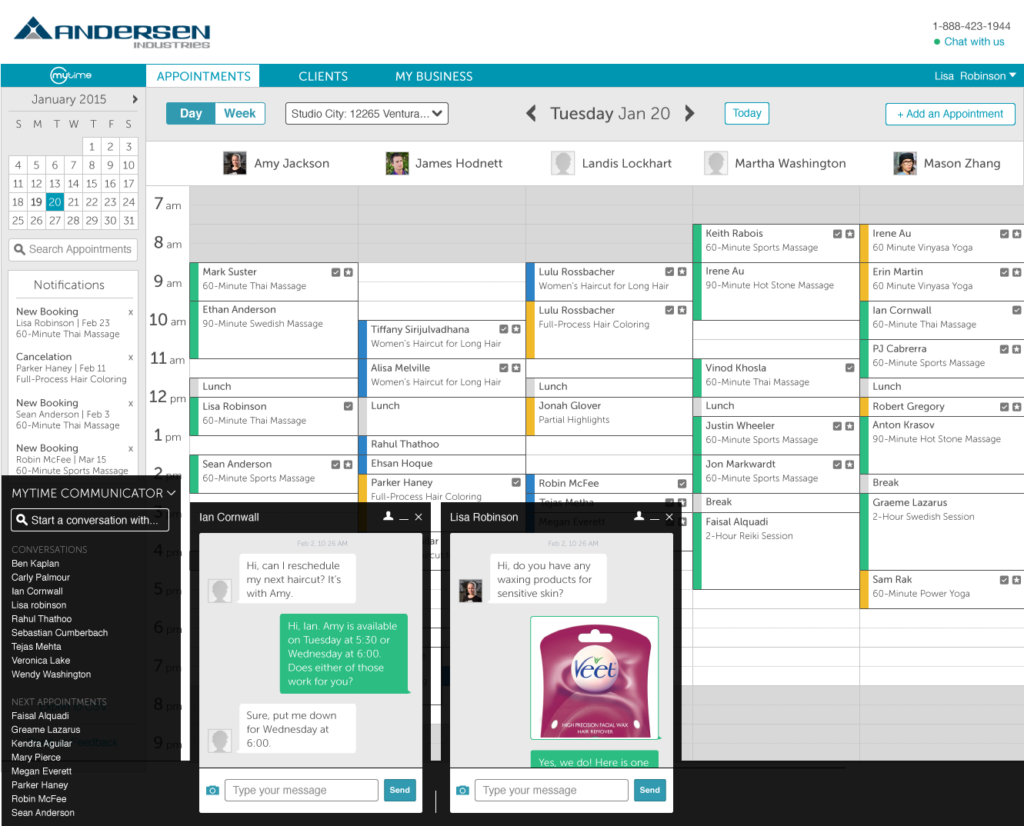MyTime Builds A Bridge For Messaging Between Businesses and Customers Using Twilio
Time to read:

There’s a gap in the messaging space, in need of a bridge. Nine out of ten customers want to message the brands they know and love. But, less than half of global businesses have the infrastructure in place to meet their customers’ demand. MyTime wants to be that bridge. They give thousands of businesses the ability to schedule and manage client appointments, and communicate with customers using Twilio-powered messaging, web chat, and more.
As the global demand for two-way messaging rises, MyTime is focused on setting their customers up for success. MyTime isn’t just connecting customers to companies, they’re deepening relationships, and helping boost business for their customers using the power of software.
Getting New Customers Through The Door With The Right Software
On the surface, a new customer walking into a barber shop for a haircut is a simple act. Under the surface, you see a web of choices and interactions that led them through the door. They picked that particular shop over other competitors, contacted the shop to make an appointment, confirmed it, and showed up. MyTime makes that network of choices, and the communication therein, simple for businesses and customers alike using software.
Using marketing automation via SMS, threaded messaging, and chat, MyTime helps businesses turn new customers into regulars.
MyTime offers businesses a one stop shop for scheduling appointments, confirming appointments, communicating with clients, accepting payment, and more using their product, MyTime Scheduler.
Customers Want To Text Businesses
Customers want to message businesses. MyTime Scheduler lets businesses facilitate conversations at scale. The app gives businesses the ability to have secure 1:1 conversations with clients via Twilio SMS. Businesses can even send MMS messages to clients to show off a job well done, or market a new product.
This direct form of communication cuts down businesses’ reply times and eliminates the friction that typically comes with web-based contact forms, automated email replies, phone tag, and follow up calls. MyTime gives businesses the ability to message customers on the medium they prefer — in their app, on the web via chat, or via SMS.
When a customer replies to a business’ message, their conversation history is threaded in the MyTime Scheduler app, where 72% of MyTime’s sessions occur. This gives the business the ability to better personalize customer experiences based on the customer history. The app is double sided, allowing customers to message businesses through the app. If the customer doesn’t have the app, the business will still receive their text threaded in the app.

While customers prefer messaging as a medium of communication, they also prefer messaging reminders. MyTime Scheduler offers marketing automation to businesses, automating SMS appointment reminders and SMS appointment confirmation. This cuts down on no-shows, increases appointment booking, and saves businesses from doing appointment reminders manually.
Scaling Alongside The Messaging Market
In order to continue their success in the growing SMB messaging industry, MyTime needs to consistently deliver to their customers.
MyTime makes their name on ease of use, reliability and scalability. They needed a communications backbone with those same values. Twilio gives them the ability to elastically scale alongside the market, easily adding features like IP chat and dedicated businesses numbers along the way. MyTime chose Twilio to power their SMS messaging in addition to their 70-seat WebRTC based call center. “Twilio was the first and last stop,” says MyTime CEO and Founder Ethan Anderson.
With a boom in two way messaging in it’s infancy, MyTime is focusing on rising to the market’s demand and empowering their customers for success, one message at a time.
Related Posts
Related Resources
Twilio Docs
From APIs to SDKs to sample apps
API reference documentation, SDKs, helper libraries, quickstarts, and tutorials for your language and platform.
Resource Center
The latest ebooks, industry reports, and webinars
Learn from customer engagement experts to improve your own communication.
Ahoy
Twilio's developer community hub
Best practices, code samples, and inspiration to build communications and digital engagement experiences.


